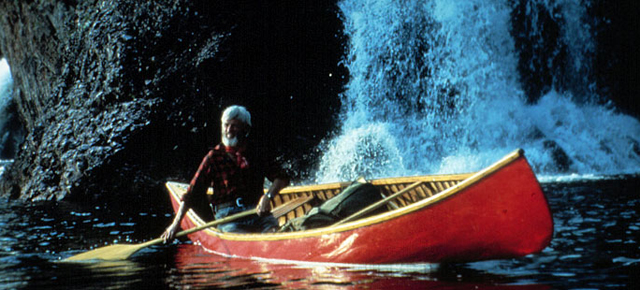
Waterwalker: Bill Mason’s Masterpiece
Waterwalker: Bill Mason’s Masterpiece
I have viewed over 7,000 NFB films as part of my work. People often ask me what my favourite film is and I never hesitate to answer Bill Mason’s ode to the majesty of nature, Waterwalker (1984). There is so much about this film that works for me on so many levels.
This was Mason’s final film after a 20-year career at the NFB. He had thought about making a canoeing feature film for many years, as far back as the early 1970s when he was shooting the Path of the Paddle series. Never one to waste an opportunity, he shot extra sequences while making those four films in the hope of using them at a later date.
In 1979 he approached the NFB about making a feature documentary that could combine his love of painting and his love of canoeing. He explained that he had some 16mm footage already in the can and would be able to compile a feature if given a chance to shoot for a few months. The response was tepid at best. His track record eventually led producers to give the green light to shoot some additional footage, but only in order to bring the film’s runtime up to one hour. The NFB was only interested in selling the film to television.
Mason shot on and off for the next few years, assembling a work-in-progress to show producers, several of whom felt the rough cut lacked structure. Mason realized that the film did not have a central theme and started to re-work it as an ode to the majesty of nature. He wanted to dispel the myth that nature was a dangerous place, as depicted in many wilderness feature documentaries. He was prepared to work on a one-hour film but felt he could do much more if the film was expanded to feature length. The NFB refused to do so and asked Mason to find a co-producer to cover some of the costs of turning it into a feature.
Mason was a founding director of IMAGO, a non-profit organization that supported artists and art projects with a biblical or spiritual perspective. IMAGO was a natural fit for Waterwalker and Mason asked them to co-produce the film, as he wanted it to have a spiritual message. They agreed to provide money and shooting resumed. I should point out that this spiritual message is one of the reasons the film resonates with me. As Mason states, nature is like a giant art gallery with God as the artist. With cinematographer Ken Buck, Mason captured some breathtaking images of Lake Superior. The logistics of shooting in such remote areas must have been a tremendous challenge for Buck but the results are plain to see. It is interesting to note that Mason also incorporated short sequences from his earlier films Paddle to the Sea and The Rise and Fall of the Great Lakes into the final product.
Bruce Cockburn became interested in the project and agreed to score Waterwalker with the help of fellow musician Hugh Marsh. The blending of music and images is seamless; I don’t know of another film with a score that so vividly enhances the imagery—the music is simply haunting. Cockburn and Marsh did a masterful job of capturing the lyrical mood of the images.
In December 1983, with shooting just about finished, Mason resigned from the NFB in order to concentrate full time on painting. To be able to certify the film as a 1984 production, a new sequence had to be shot that year. Mason shot some footage of his friends “hot-dogging” on some rapids in May 1984, perhaps hoping to inject some action into the film. Unfortunately this sequence does not work for me at all. I become engrossed in the film right up until the part where the friends appear; this scene just seems to come out of nowhere. Thankfully, that sequence is very brief and we quickly return to the peace and tranquility of Mason’s journey.
Mason decided to narrate the film himself. I think this is one of its strengths. He narrates the experience in his own unique way, talking directly to us and asking us to share his journey. He adds an Aboriginal voice in some sequences to give a different perspective on the beauty of nature. Interestingly, one of the biggest concerns producers at the NFB had was that Mason might come off as too egotistical if he narrated the film. They considered hiring a professional voice-over actor instead. Thankfully, this idea was dropped. Mason’s narration adds so much intimacy to Waterwalker.
The finished film was blown up to 35mm and screened for the first time at the Montreal World Film Festival on August 25, 1984. Response was muted and the NFB (which held all the distribution rights) opted to sell the film to television. Mason had always wanted the film to play theatrically, as he believed the big screen was the only way he could truly share the awe and wonder of Lake Superior with his audience. He convinced IMAGO to buy the theatrical rights from the NFB. They then rented one of the theatres at the Rideau Centre in Ottawa to show the film. It was a big hit, playing to sold out audiences for six weeks. As a result, Waterwalker was bought by Creswin Films and released theatrically throughout Canada in the fall of 1986, to positive acclaim. The film was also nominated for best feature documentary at the Genie Awards but lost to another NFB film, Final Offer.
An American distributor also picked up Waterwalker for theatrical showings stateside and eventually television sales were made to a dozen countries including Italy, China and Iran (as well as Canada, of course).
I invite you to view this film and share in Mason’s beautiful journey. Perhaps you will be deeply touched by its message like I was—or perhaps not. In either case, the beautiful images and haunting Bruce Cockburn music are sure to make a lasting impression on you. Enjoy.
Waterwalker, Bill Mason, provided by the National Film Board of Canada
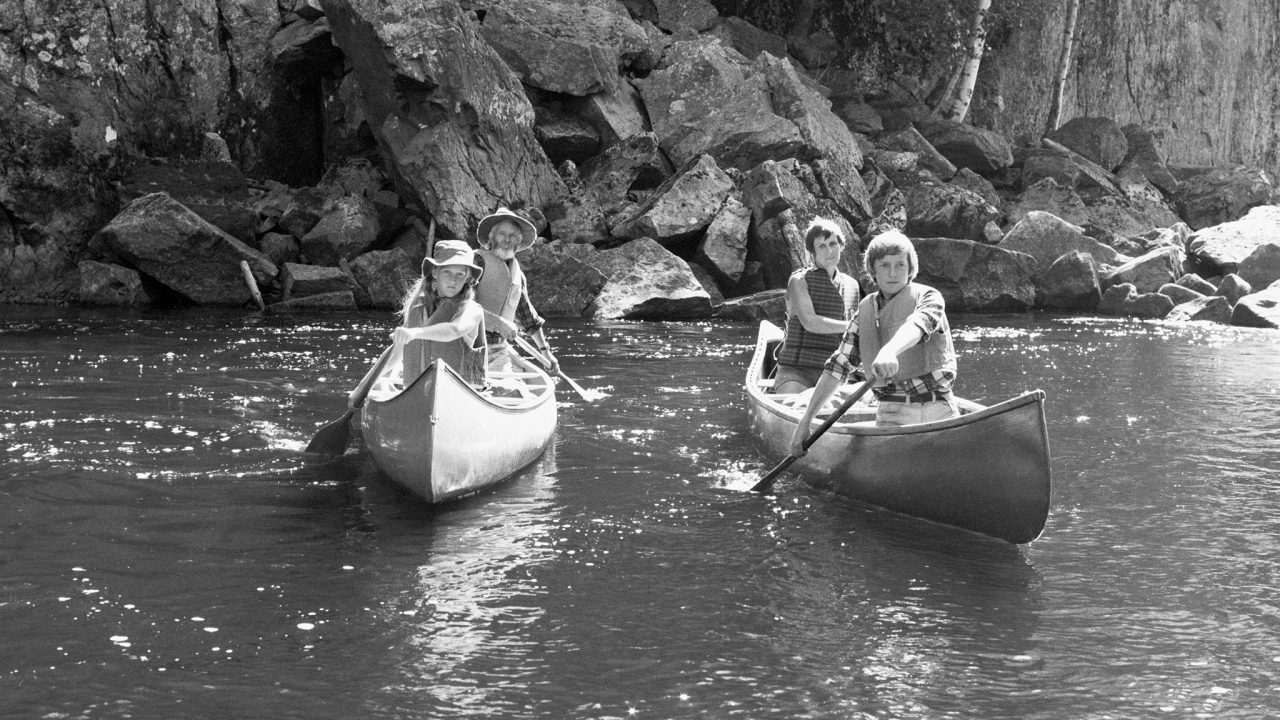
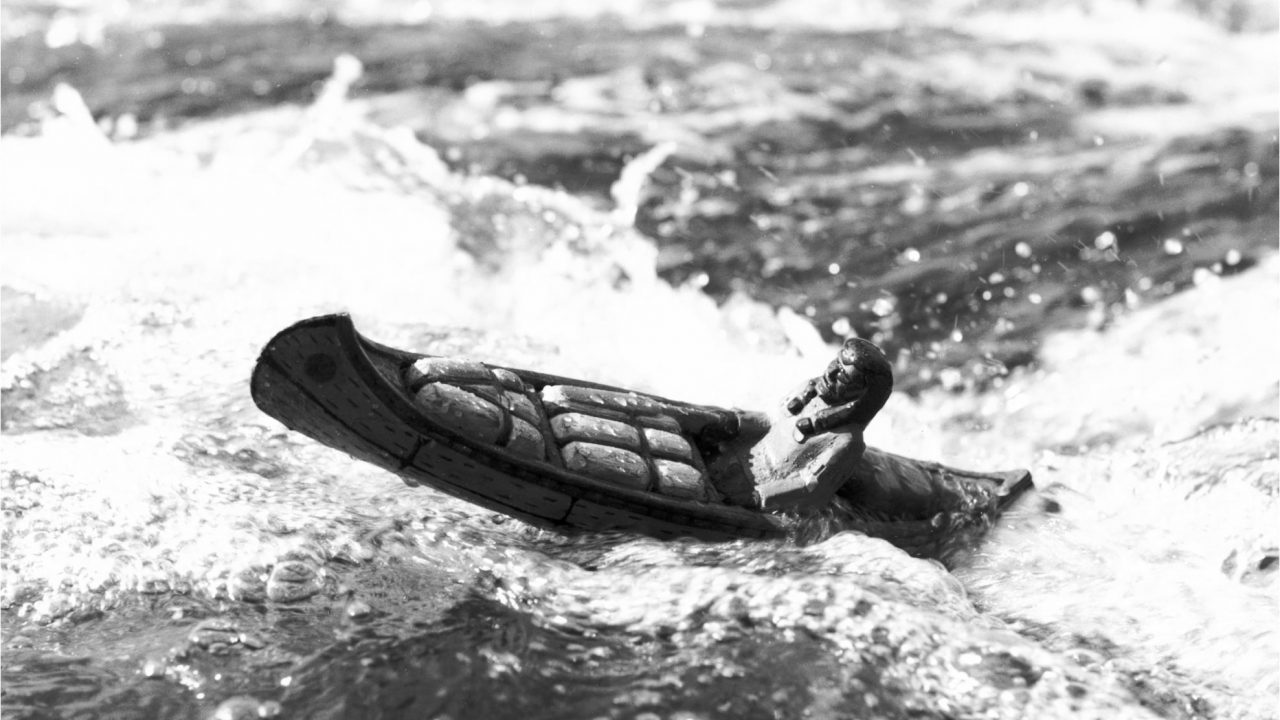
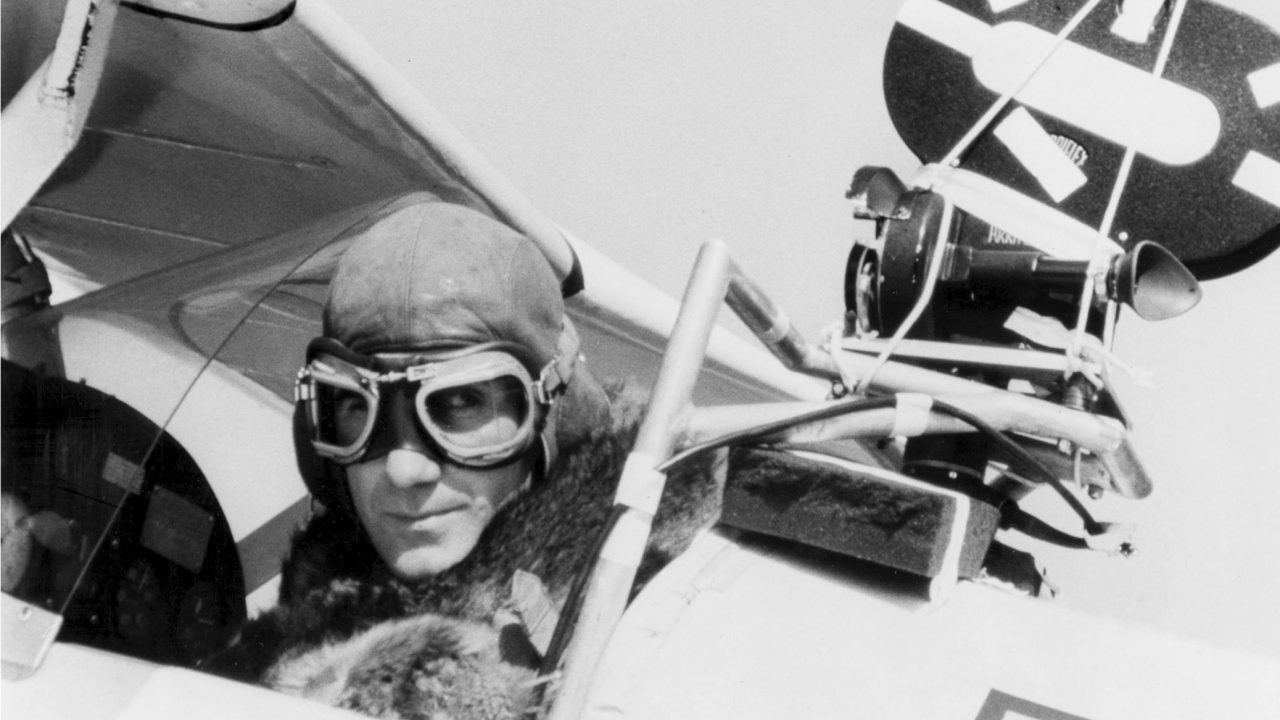
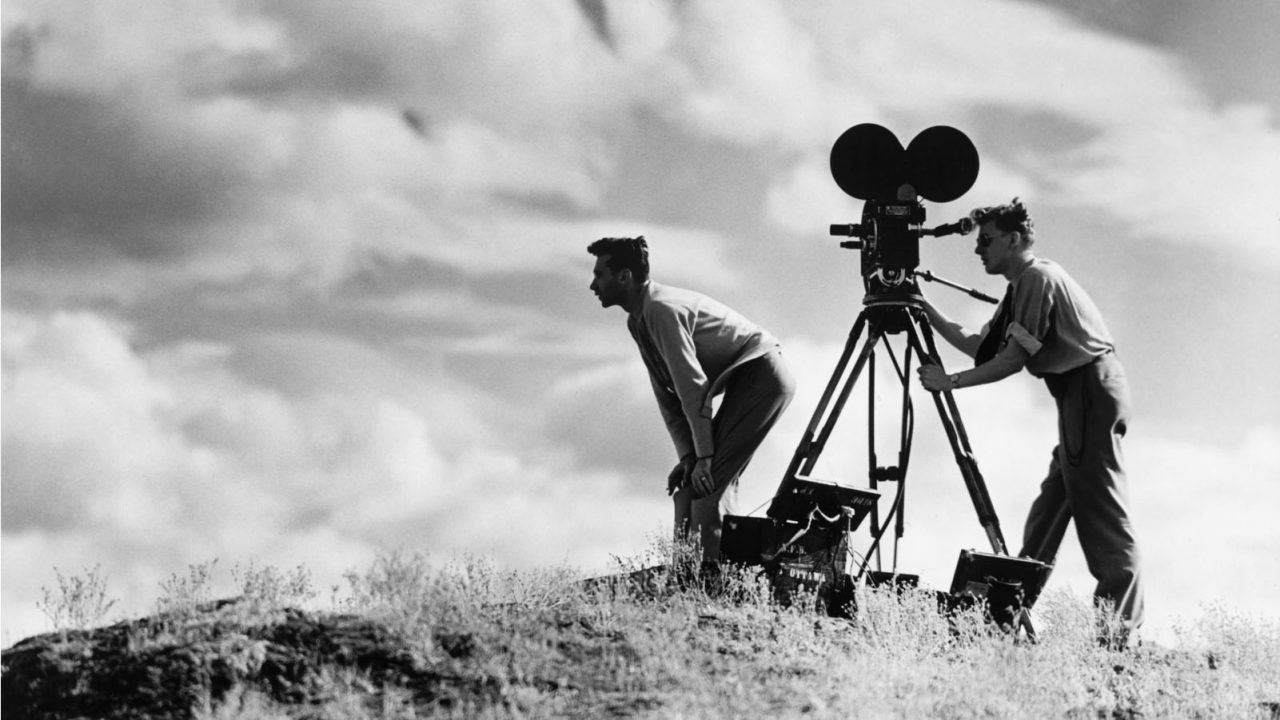
Brilliant movie!!!
I’d like to see this film on T V again.
Bernice, it is on YouTube to watch anytime you want to see it.
Sincerely,
Sharon
Hello Sharon and Bernice,
The film is embedded in this blog post. Just find the player above the comments and press play. It is available in HD as well, just change the settings in the bottom right of the player.
best
Albert Ohayon
NFB English collection curator
Any details on what format this film was shot in? What film? What camera(s)?
Hello Andrew,
Waterwalker was shot in 16mm on various cameras including an Arri S. The film was shot over several years so many different cameras were used.
best
Albert Ohayon
NFB English Collection Curator
I am not devout, or have any special belief in God –but the the charm and power of this film are undeniable. How could the Nfb have missed this aspect? It’s incredible. I’m glad the Mason believed in himself and his film and persisted in the way he did. Brilliant. Thank you.
Love thy water as it surly is thyself….__/)………..
WetDryWetDryWetDryDry Dry …Pray…
Brian C.
Thank you Bill Mason.
Bill’s quotation from Job 12:7-10 is God’s commentary on our Aboriginal Peoples respect and love for our earth. Too bad that more of us didn’t feel the same love for our world and of course for our fabulous Home Land.
Quite an amazing film. Great footage shot in remote areas. Beautiful footage and scenery with even mention of the creator of all things! It was obviously a Labour of love for Bill Mason.
Hi Albert,
I was wondering if this movie is available in HD or if 480p (as available for free on this website) is already the highest resolution available.
Not that I’m expecting a 1984 film to be in HD but with all the stunning scenery it would certainly be nice 🙂
Best regards from Germany
Hello Lars,
At this time there is no HD version of the film online for free. You can purchase it as an HD download by clicking the “download the film” button next to the player.
EDIT: Waterwalker is now available in 720 and 1080 HD